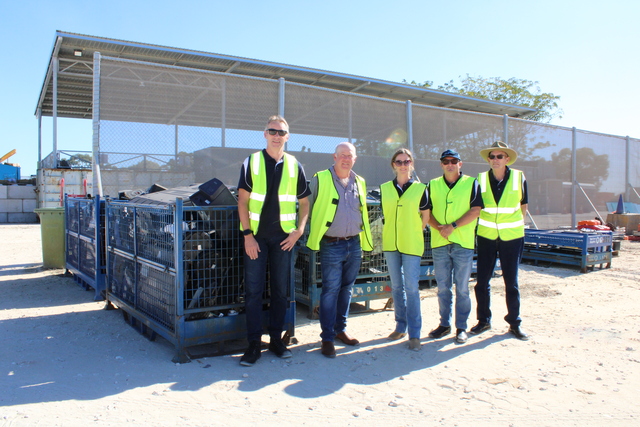It’s a great thing to be able to help someone in need. Accidents can happen at any time and it’s important to know what to do to help save a life. Here is some advice and some procedures for management of bleeding, a common first aid incident, provided by St John – Australia’s leader in first aid.
Bleeding
When there is an open wound and blood loss, bleeding must be stopped and the wound must be protected. The possibility of infection and shock has to be considered whether the wound is major or minor, and whether or not there is major blood loss.
Management of bleeding
- Follow DRABC (check Danger, Response, Airways, Breathing, Circulation).
- Lie casualty down if bleeding is severe.
- Remove or cut clothing to expose the wound.
- Apply direct pressure to the wound using a dressing and a pad (use gloves if available).
- Bandage pad in place.
- Raise and rest the injured part when possible.
- If bleeding continues, place another pad on top and firmly bandage in place.
- Give nothing by mouth.
- Call 000 for an ambulance if bleeding is severe or persistent.
This information is not a substitute for first aid training
St John recommends that one person in every household and an appropriate number of people in each workplace are trained in first aid.
First aid training courses are held throughout Australia, year round.
Now is an ideal time to ensure your first aid skills and first aid kit are up to date.
For details on St John first aid training courses in your area, or to purchase a first aid kit, visit www.stjohn.org.au or contact your nearest St John office on 1300 360 455.
* Copy supplied by St John Ambulance







